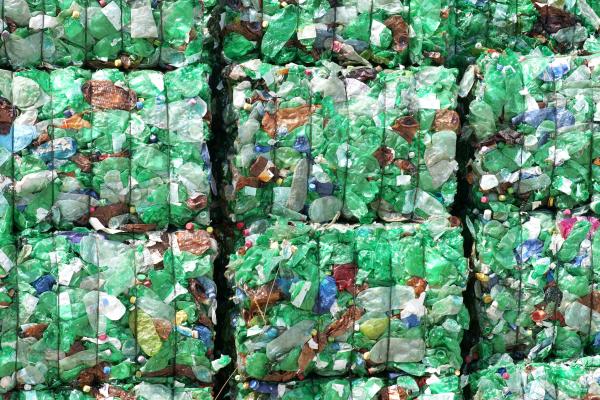Waste Classification: A Guide to Green, Amber, and Red Lists.

The classification of waste into Red, Green, and Amber lists is a vital component of managing waste shipments, especially under regulations like the OECD Decision C(2001)107 and the European Waste Shipment Regulation (WSR). These classifications determine the level of control and documentation needed for the transboundary movement of waste, ensuring safe and responsible waste management.
Waste Classifications:
Green List Waste Classification
Green list waste refers to materials that pose minimal risk to human health and the environment when handled and recycled properly. These materials are typically easily recyclable and free from hazardous substances.
Examples:
- Clean scrap metals
- Certain types of plastics
- Paper and cardboard
- Textiles
Regulatory Requirements:
Green list waste is subject to less stringent controls compared to Amber and Red list waste. Shipments often require minimal documentation, such as a contract between the exporter and recycler, ensuring environmentally sound management. In the European Union, Green list waste shipments within the EU usually don’t need prior notification or consent, though some countries may have additional requirements.
Amber List Waste Classification
Amber list waste includes materials with higher potential risks to the environment and human health due to hazardous components or improper handling. This category requires more stringent controls for responsible management.
Examples:
- Waste containing heavy metals (e.g., certain batteries)
- Used electronic equipment (e-waste) with hazardous substances like lead or mercury
- Certain chemical wastes
- Mixed or contaminated plastics
Regulatory Requirements:
Shipments of Amber list waste require prior notification and consent from competent authorities in both exporting and importing countries, as well as any transit countries. Exporters must provide detailed information about the waste, including its composition, quantity, and intended treatment or disposal method. A movement document must accompany the waste shipment to ensure tracking and management throughout its journey.
Red List Waste Classification
Red list waste includes materials considered highly hazardous, posing significant risks to human health and the environment. This waste requires the highest level of control and oversight during transportation and disposal.
Examples:
- Highly toxic or corrosive chemicals
- Certain types of asbestos waste
- Radioactive materials
Summary of Controls
- Green List: Minimal controls, generally less documentation required.
- Amber List: Medium-level controls, requiring prior notification, consent, and tracking documentation.
- Red List: The highest level of control, with strict regulatory oversight and comprehensive documentation.
Additional Considerations
While Green, Amber, and Red lists cover all waste types, more specific waste codes provide additional guidance for recyclable materials. For instance, B3011 classifies certain types of plastics.
Learn more from the .Gov website by following this link.
Conclusion
The classification of waste into Green, Amber, and Red lists is crucial for ensuring responsible waste management. By understanding these classifications, businesses and waste management professionals can comply with international regulations and protect human health and the environment.
Clearpoint Recycling can help you better understand the export options for your output. Contact our Compliance Team Today!
